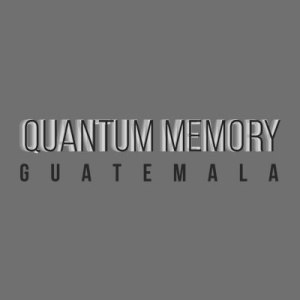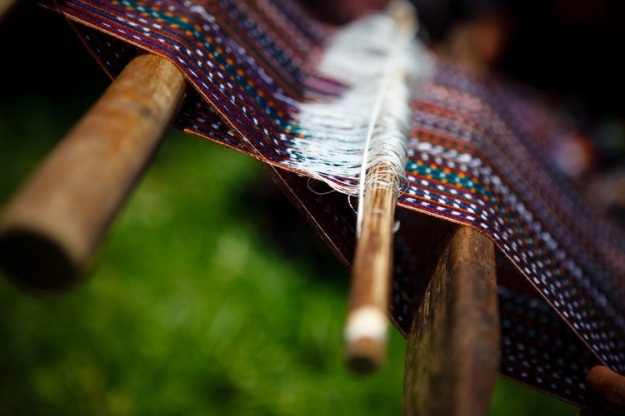
Black Banana: Exhibitions of Absence – the paper
by Novel ‘Idea’ Sholars and Maira Nolasco
PDF:blackbananaExhibitionsofAbsencepaperdraft2
Introduction
Black Banana is the examination of structural racism in art curation and it’s effects on descendants of Africa living in Latin America. Acting as a metaphor, it sheds light on the absence of those of the African Diaspora in the workforce, and as a part of the overall Latin American cultural project. What are the histories of these erasures, and how does this history prove the existence of a racist hegemony that results in cultural exclusion? When did the whitening of Latin America begin and how does this whitening affect the economy of the black populations as well as their integration into Latin American society? Is the lack of Black Latino representation proof of racist curatorial practices in the Latin American contemporary art world? These are the questions this project hopes to explore. The Black Banana focus is to create awareness around the possible denial of racism and how that denial effects who and what is curated. Ultimately the goal is to provoke an open dialog about identity, hybridity, and access. Continue reading Black Banana: Exhibitions of Absence →

Memory initiatives have served several purposes: to recover the memory of what happened and make public denunciations, dignity and honor the memory of the victims, promote community organization and social reconstruction, inform and educate new generations, and to demand redress and justice. This paper focus on Guatemalan murals as a memory initiative and as an art form used by the direct victims of the conflict.
NEWSCHOOL_DVALERO_MURALS GUATEMALA


Final presentation on Guatemala , Fashion and Design
Guatemala:PP


Hi everyone,
You will find bellow the presentation of my final project. Soon, I will update this post with an analytical essay that supports my proposal.
QMG_Keynote

This topic came two weeks ago, after a good discussion with Nitin and Julian and my curiosity on the use of images on handling the issue of enforced disappearance from the point of view of a Guatemalan artist. After research, I realized that enforced disappearance is one of many techniques used by the military dictatorship to kill their own citizens. The main thing still remains: people were died so horribly and no justice has been done ever since. What the government did (and still does) is institutionalizing forgetfulness. So, the thing that has to be done is how to keep the historical memory alive, and not forgotten. Daniel Salazar’s work has been instrumental in keeping the memory alive. Through his Angels, he has a specific way to employ what he called a ‘guerilla art,’ an artistic and political approach and a visual intervention in public places in Guatemala that took the Guatemalan residents by surprise, that asked them to always remember and that proves to us all how art can be powerful in making a political statement.
My presentation: Photographic Art as Visual Intervention in Public Places.
NMDS 5296 / CRN 7227, Spring 2015, School of Media Studies, The New School







